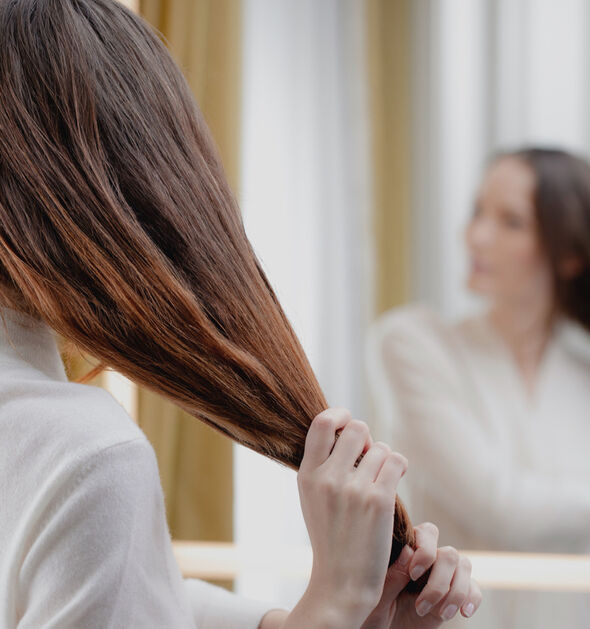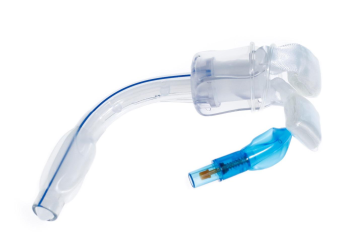Adopting the best care practices is essential to maintaining the beauty and health of your hair. It is very common for you to make some mistakes when treating your hair, which can become a serious problem for the health of your scalp.
In this publication, we will describe the most common mistakes made during hair care and give you the appropriate advice so that you can adequately care for your hair.
By knowing these mistakes, you will be able to avoid them and act in the best way to care for your hair’s health and beauty.
Mistake 1: Overwashing your hair
A common pitfall in hair care is excessive cleansing of the hair. This overwashing can remove the natural oils from your hair, making it dry and damaged. Natural oils are the best method for maintaining hair protection and hydration.
To avoid these problems, it is extremely important that you moderate the frequency of washing according to your hair type:
- If your hair is dry or curly, you should wash it approximately twice a week.
- In the case of normal hair, the frequency of washing can be every two or three days.
- Oily hair requires more frequent washing. Ideally, you should wash it every two days; washing it daily could be harmful to your hair.
Mistake 2: Using the wrong hair products
Another common mistake is using the wrong hair care products. To select the correct products, you must consider your hair type.
On the other hand, using products composed of harmful substances also contributes to the deterioration of your scalp. Among the ingredients you should avoid are sulfates, parabens, and harsh chemicals. It is very irritating, and it can leave you a bag of weakness and even make you lose the natural oils of your hair, or worse, make you some kind of permanent damage.
So, keeping this in mind, you need to read the ingredient list before buying products. You need to choose which is natural, and suitable for your hair type and skin, this way, you can keep your hair bright, smooth, shiny, and beautiful.
Mistake 3: Neglecting scalp care
Taking care of your scalp is as important as taking care of your hair. Top it off: Your scalp is the base of healthy hair. A well-cared-for, well-nourished scalp makes way for hair that is stronger and overall healthier. By neglecting the health of the scalp, you will be giving rise to the appearance of various problems such as hair loss, irritation, and dandruff.
To properly care for your scalp:
- Wash with appropriate frequency to remove excess oil.
- Employ scalp-specific care products. These may include exfoliants and nourishing oils, which help ensure that a healthy and balanced scalp is maintained.
- Massage your scalp while washing your hair. This enhances blood flow as well as promotes hair development.
Your scalp requires care as it is the way to have strong and healthy hair growth.
Mistake 4: Overusing heat styling tools
The frequent and innumerable times you use heating tools can damage your hair. Straighteners, curlers, and hair dryers can be too much for even the most potent hair, weakening the roots, causing dryness, and splitting ends.
To minimize damage:
- It is essential that you reduce the use of heat tools on your hair and apply protective measures.
- Apply heat protectants or wax before using heat tools on your hair.
- You should also lower the heat level and frequency with which you use tools.
By adopting habits that do not involve using dryers, straighteners, or curling irons, you can considerably improve the health of your hair.
Mistake 5: Ignoring hair’s nutritional needs
Adequate nutrition, including minerals and vitamins, is one of the factors that most contribute to hair health. This nutrition helps substantially with hair health and growth.
Vitamins A, C, D, and E are the primary nutrients for hair. Zinc, biotin, and iron are also helpful.
To provide these nutrients to your hair, it is essential that you consume a diet rich in vegetables, fruits, lean proteins, whole grains, and healthy fats. These nutrients you can derive from foods containing them, like salmon, nuts & seeds, spinach or eggs.
Otherwise, you must also consume a lot of water every day to help keep your hair moist.
Mistake 6: Rough handling of wet hair
Hair is more fragile when wet and should therefore be handled delicately, particularly during blow drying. The cuticle is raised slightly when the hair is wet, making it more susceptible to breakage and stretching.
- Once you finish washing your hair, you should gently squeeze it using a soft towel. Avoid squeezing it roughly.
- To detangle it, it is best to use a wide-toothed comb and a special detangling brush.
- If possible, air-dry your hair. You can also use a blow dryer with a low heat setting and apply a heat protectant to your hair.
These actions are helpful in maintaining healthy hair that is strong.
Mistake 7: Not getting regular trims
Another good practice that you can adopt to take care of your hair is regular tip cuts. This helps your hair stay healthy at all times and prevents the ends from breaking.
A suitable frequency for cutting the ends of the hair is every six to eight weeks. In this way, damaged hair is removed, and you promote the beauty of your hair.
You should keep in mind that trimming the ends may vary in frequency depending on the type of hair:
- If your hair is fine or damaged, the recommended frequency is every six weeks.
- If your hair is thick and healthy, you can do the cuts every eight weeks.
- The frequency must be greater for hair that grows at a high speed to maintain its health and shine.
By practicing regular cuts, you can keep your hair strong and healthy.
Understanding product liability in hair care
Some hair care products can be defective and cause short—and long-term damage. These products can cause hair loss, burns or irritation on the scalp, and dryness.
In this sense, you should know that manufacturers are responsible for any damage that their products may cause to users since they must guarantee that the products they sell comply with all established safety standards. Otherwise, they may be involved in legal action.
For all this, it is important that you review the ingredients that make up the products you purchase to care for your hair.
You also need to know that lawsuits against harmful hair products can result in compensation for victims. If you want to know more about this topic, you can find more information online.
Conclusion
In this publication, we discussed the most common mistakes made in hair care and indicated the best practices for maintaining hair health.
On the other hand, we also highlight the importance of knowing the responsibilities of hair product manufacturers, what the components of these products are, and which ones are the best for hair care.



